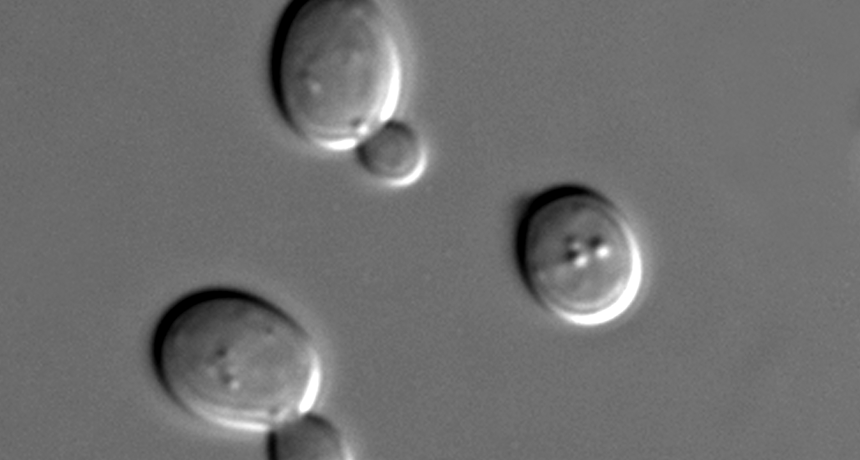(for more about Power Words, click here)
autophagy A normal trash-processing activity of cells. It allows cells to breakdown and recycle wastes. In times of stress, even starvation, it allows cells to reuse some of its unneeded materials to sustain life. The process has been known for many decades. But for probing the precise way it works, cell biologist Yoshinori Ohsumi of the Tokyo Institute of Technology was awarded the 2016 Nobel Prize for physiology or medicine.
autophagosome A compartment inside a cell which stores cellular junk so it can be broken down and recycled.
cancer Any of more than 100 different diseases, each characterized by the rapid, uncontrolled growth of abnormal cells. The development and growth of cancers, also known as malignancies, can lead to tumors, pain and death.
cell The smallest structural and functional unit of an organism. Typically too small to see with the naked eye, it consists of watery fluid surrounded by a membrane or wall. Animals are made of anywhere from thousands to trillions of cells, depending on their size. Some organisms, such as yeasts, molds, bacteria and some algae, are composed of only one cell.
component An item that is part of something else, such as pieces that go on an electronic circuit board.
enzymes Molecules made by living things to speed up chemical reactions.
mean One of several measures of the “average size” of a data set. Most commonly used is the arithmetic mean, obtained by adding the data and dividing by the number of data points.
Parkinson’s disease A disease of the brain and nervous system that causes tremors and affects movement, memory and mood.
physiology The branch of biology that deals with the everyday functions of living organisms and how their parts function. Scientists who work in this field are known as physiologists.

